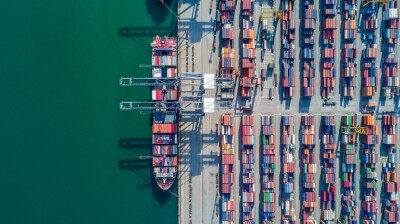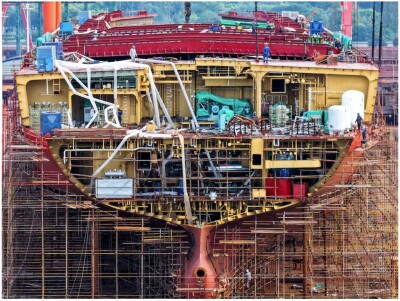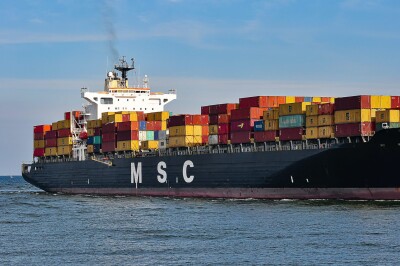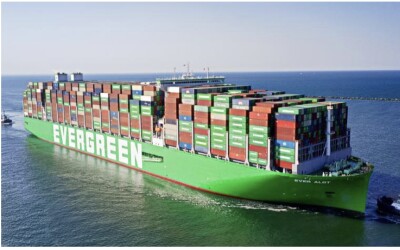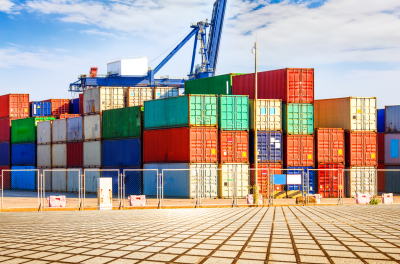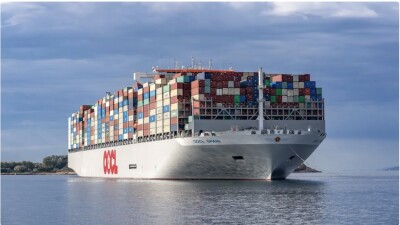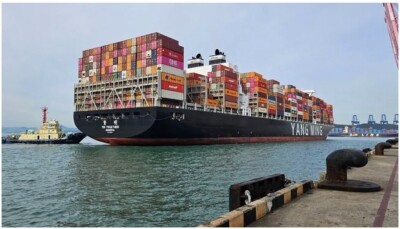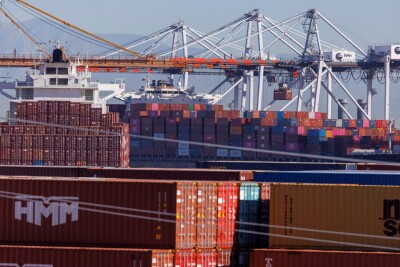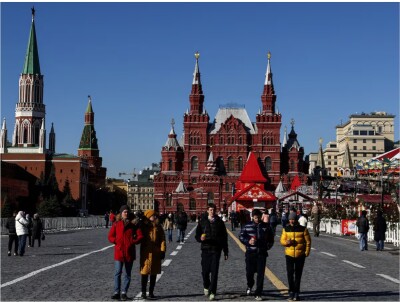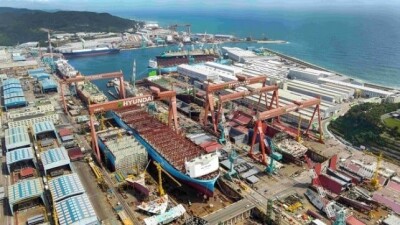China's August export growth slowest in 6 months as US tariff risks mount
16/09/2025
China's export growth slowed to a six-month low in August as a brief boost from a tariff truce with the U.S. faded, but demand elsewhere provided officials some relief as they try to underpin an economy facing low domestic consumption and external risks.
Authorities are counting on manufacturers to diversify into other markets in the wake of U.S. President Donald Trump's erratic trade policy, enabling them to hit Beijing's annual growth target of "around 5%" without rushing to offer additional near-term fiscal support.
Outbound shipments from China rose 4.4% year-on-year in August, customs data showed on Monday, missing a forecast 5% increase in a Reuters poll and marking the slowest growth in six months. They compared with July's better-than-expected 7.2% increase.
Imports grew 1.3%, following 4.1% growth a month earlier. Economists had predicted a 3.0% rise.
The slowdown in headline export growth was affected by a high base of comparison, but last August's figure was also distorted by manufacturers rushing to beat tariffs from a number of trading partners.
"I would say the number is still decent, and the resilience of exports has certainly lasted longer than we had expected," said Xu Tianchen, senior economist at the Economist Intelligence Unit.
"The prospect of a fiscal stimulus is definitely quite dim. China still has a number of economic tools such as policy bank credit and monetary easing, which may be enough to help it reach 5%," he added.
China's exports to the U.S. fell 33.12% year-on-year in August, the customs data showed, while its shipments to Southeast Asian nations rose 22.5% in the same period.
Chinese producers are trying to export more to markets in Asia, Africa and Latin America to offset the impact of Trump's tariffs, but no other country comes even close to U.S. consumption power, which once absorbed over $400 billion of Chinese goods annually.
And with Trump in July threatening a 40% penalty tariff on goods deemed to be transshipped from China to the U.S. to evade his earlier levies, how long Chinese factory owners can continue to find American buyers that way remains to be seen.
But policymakers are loathe to implement painful but much-needed economic reforms for a durable pick-up in domestic consumption under external pressure, analysts say.
"The [import data] breakdown showed a pickup in energy shipments, but this was more than offset by declines in chip and industrial metal imports, with the latter likely reflecting the continued slowdown in construction activity," said Zichun Huang, China economist at Capital Economics.
A protracted slump in the property sector, a key store of household wealth, is squeezing consumer spending. Depleted land-sale revenue is also limiting local authorities' ability to back Beijing's drive to revive demand through subsidies such as job-creation schemes.
Beijing also seems to be exercising tighter control over its flagship 'cash-for-clunkers' programme and did not rush to replenish funds after several local governments recently ran through the allocation set aside for the scheme.
News





